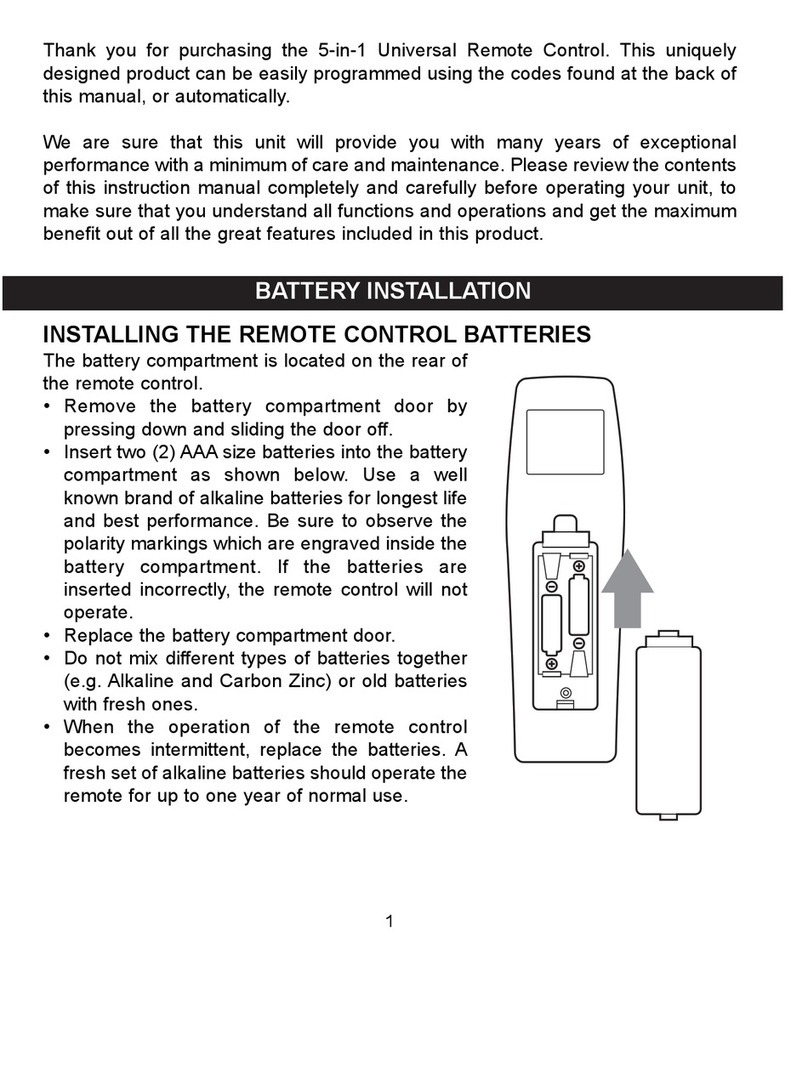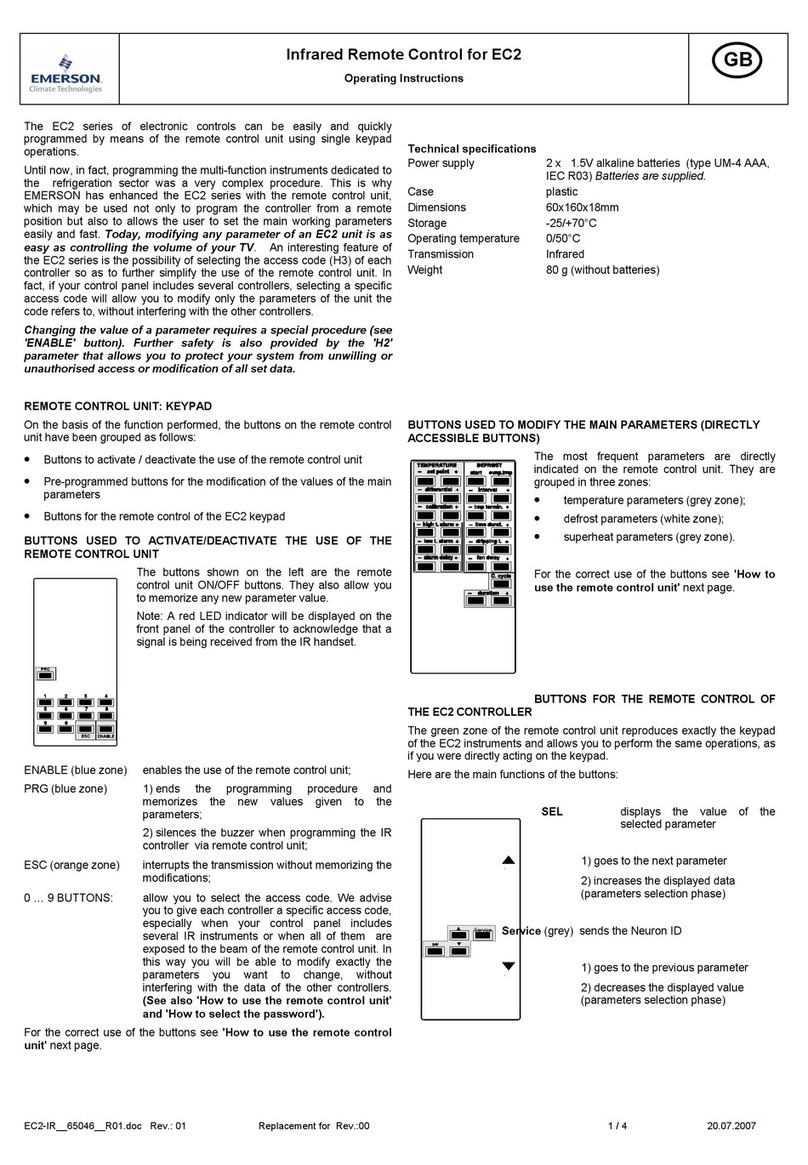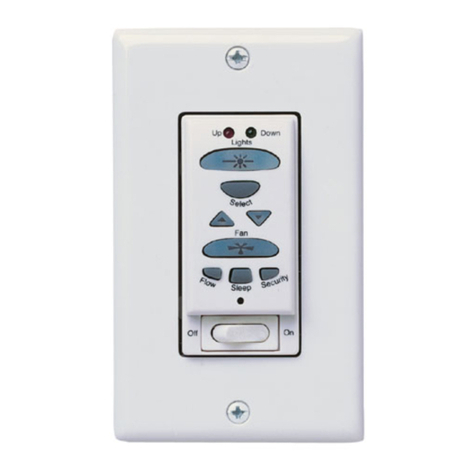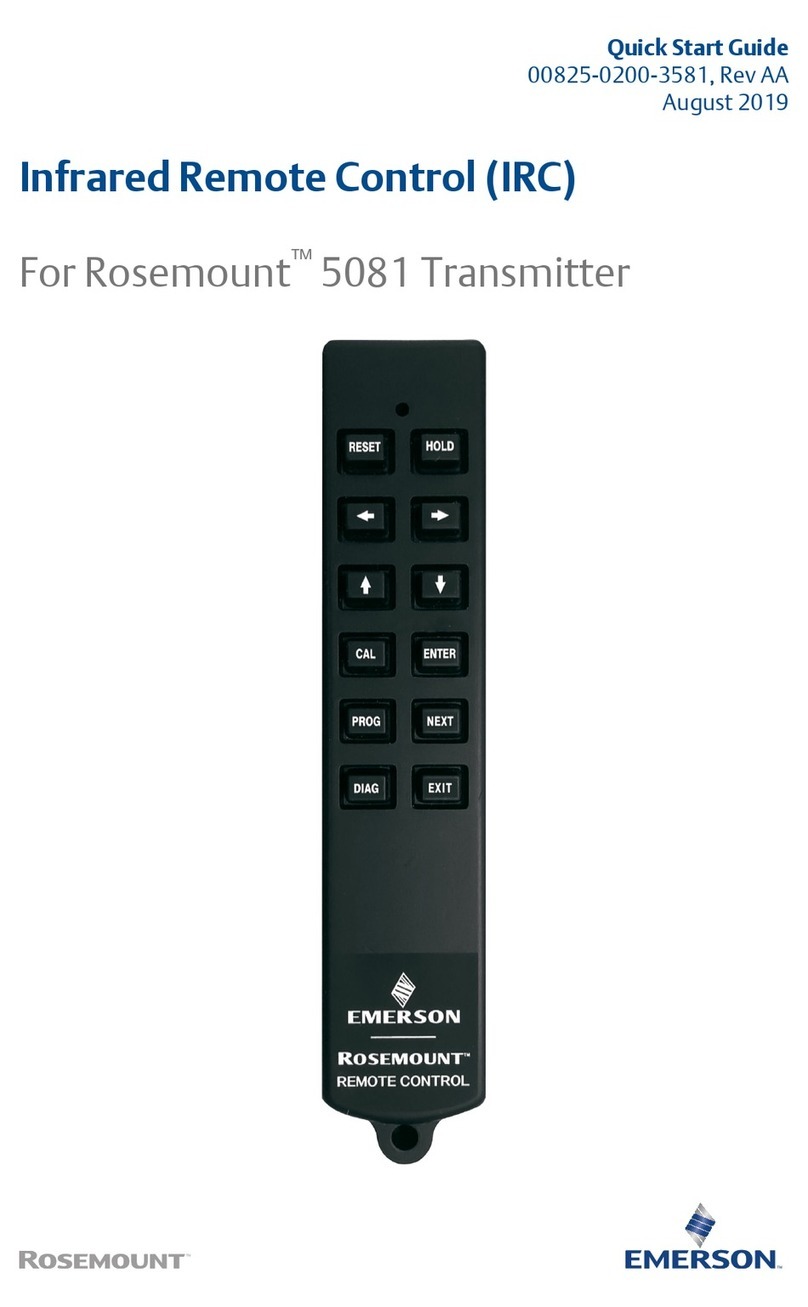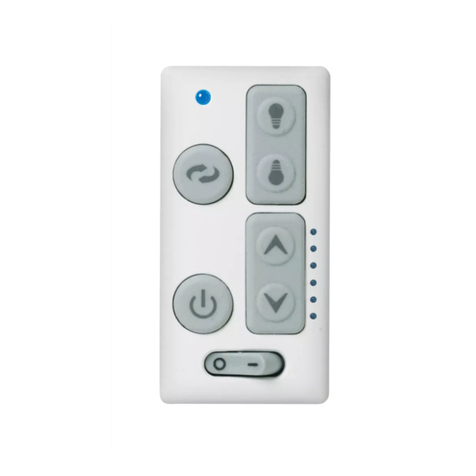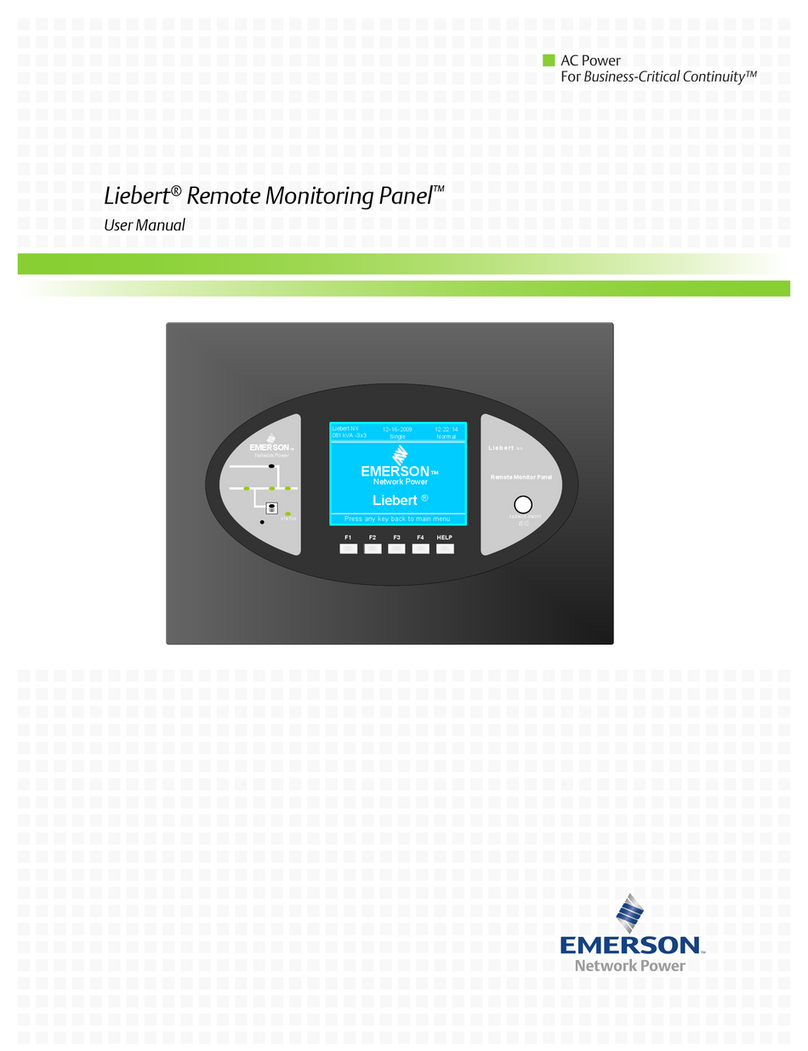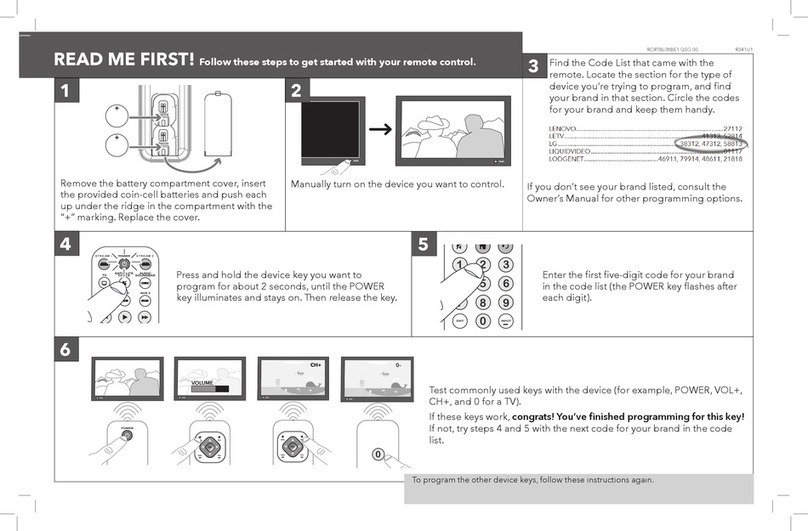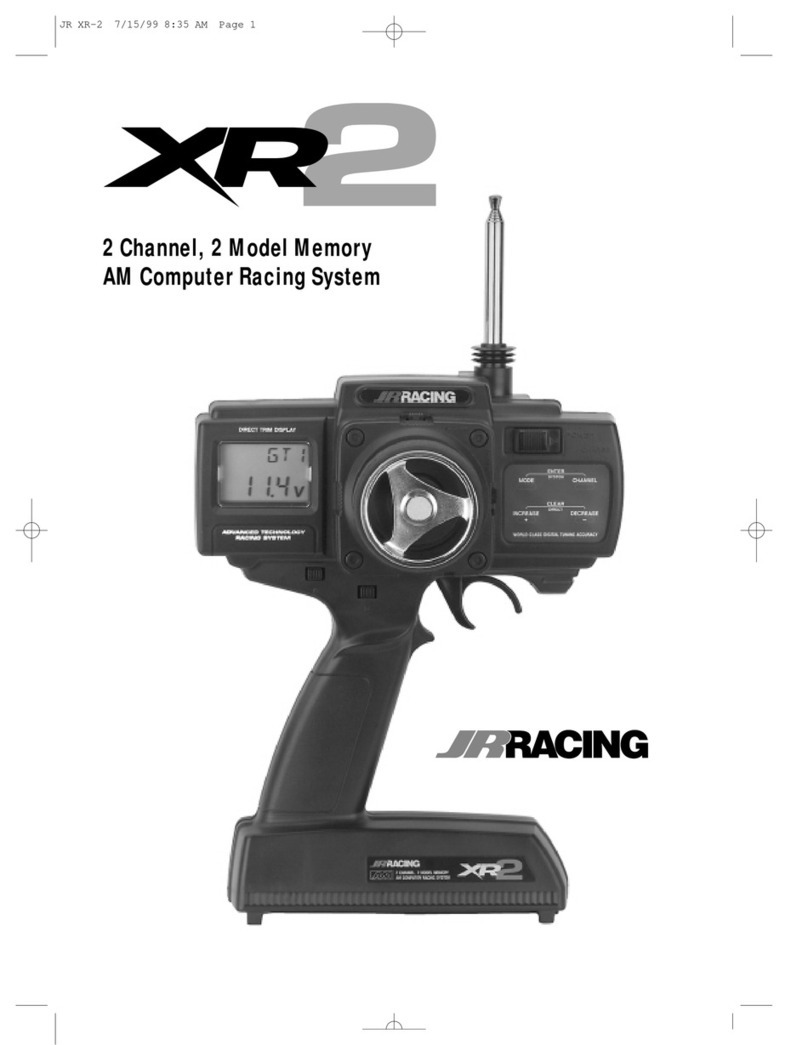
ROC364 Instruction Manual
1-2 General Information Rev Jun/05
1.1.1 FCC Information
This equipment complies with Part 68 of the Federal Communications Commission (FCC) rules. On the
modem assembly is a label that contains, among other information, the FCC certification number and
Ringer Equivalence Number (REN) for this equipment. If requested, this information must be provided
to the telephone company.
A FCC compliant telephone modular plug is provided with this equipment. This equipment is designed
to be connected to the telephone network or premises’ wiring, using a compatible modular jack that is
Part 68 compliant. See Installation Instructions for details.
The REN is used to determine the quantity of devices that may be connected to the telephone line.
Excessive RENs on the telephone line may result in the devices not ringing in response to an incoming
call. Typically, the sum of the RENs should not exceed five (5.0). To be certain of the number of
devices that may be connected to a line (as determined by the total RENs), contact the local telephone
company.
If this equipment, dial-up modem, causes harm to the telephone network, the telephone company will
notify you in advance that temporary discontinuance of service may be required. But if advance notice is
not practical, the telephone company will notify the customer as soon as possible. Also, you will be
advised of your right to file a complaint with the FCC if you believe it necessary.
The telephone company may make changes to its facilities, equipment, operations, or procedures that
could affect the operation of the equipment. If this happens the telephone company will provide advance
notice so you can make the necessary modifications to maintain uninterrupted service.
If trouble is experienced with this equipment, dial-up modem, for repair or warranty information, please
contact Emerson Process Management, Flow Computer Division (641) 754-2578. If the equipment is
causing harm to the telephone network, the telephone company may request that you disconnect the
equipment until the problem is resolved.
1.3 Product Overview
The ROC364 is a microprocessor-based controller that provides the functions required for a variety of
field automation applications. The ROC364 is used primarily where there is a need for remote
monitoring, measurement, data archival, and control. You can configure the ROC364 for specific
applications including those requiring calculations, PID (Proportional, Integral, and Derivative) Loop
Control, and Function Sequence Tables (FSTs) logic/sequencing control.
The ROC364 features modularized field inputs and outputs (I/O), which provide the flexibility to meet
the requirements of a specific application. Up to 64 I/O modules can be used in any combination of
Discrete Inputs, Discrete Outputs, Analog Inputs, Analog Outputs, and Pulse Inputs.
The modular design of the ROC364 makes it cost-effective for both small and large applications. You
can select from a variety of communications and operator interface options to customize the installation
for a given system. The ROC is approved for use in Class I – Division 2 hazardous area locations.
The FlashPAC includes additional features contained in the firmware, such as 1992 American Gas
Association (AGA) flow calculations, Spontaneous-Report-by-Exception (SRBX or RBX) alarm
messaging, Local Display Panel configuring, and radio power control.
Figure 1-1 shows the major components that make up the ROC Master Controller Unit (MCU). Figure
2-6 shows the outline and mounting dimensions for the ROC364 controller. Refer to Section 2, Master
Controller Unit, I/O Module Rack, and Wiring, for further hardware and firmware details.
